You are a garden warrior. You have taken the ground allotted to you in your acreage, however big or small, and have tilled the rough sod into soft, pillowy submission. Your compost has been aged to perfection and spread with care. The pH of your garden beds is impeccable. Leaf miners, cabbage borers, and slugs shudder when they hear your name.
And yet … there may be one aspect of your garden dominion that is still out of your direct control—the amount of sun that falls to the dark earth. And if you are like a friend of mine in St. Louis, your backyard may be totally shaded by a neighbor’s towering sycamore, blotting out many of her hopes for a lovely garden.
So what can you do when your gardens languish under a tree’s umbrella? Relinquish it begrudgingly to boring ol’ hostas and impatients? Fear not, intrepid gardener. There are some shade-loving plants that are here to save the day! And the best part is, this list is entirely made of native plants. Make a native shade garden and surprise everyone with just how resilient, beautiful, and low-maintenance these plants can be.
Go on a walk in any healthy forest, and you’ll find a dense carpet of plants relishing the dappled light of the understory. These native plants are naturally designed to live in low-light environments and are often perfectly adapted to the soil and rainfall in your given area. Many of them are self-seeding, or perennials, so they are low on the maintenance scale.
As a bonus, native plants are healthy food sources for native wildlife and are lifelines for bees and migrating creatures. This list is just a start—peruse The National Wildlife Foundation’s Native Plant Finder to discover hundreds of native plants perfect for your specific area. Need any other motivation to choose indigenous plants for your backyard? Here’s another one … many are deliciously edible, too!
Fire Pink (Silene virginica)
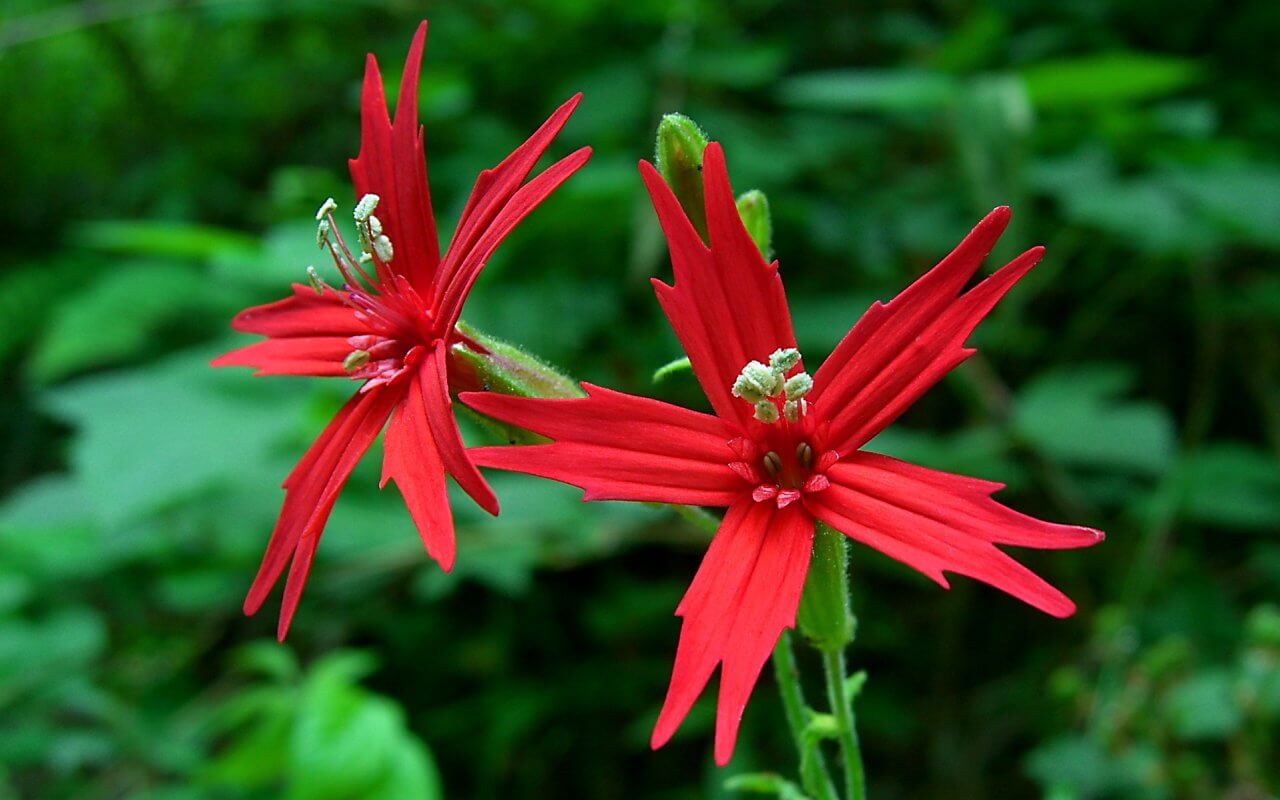
With a near-neon glow of bright red or pink, the fire pink is a standout in any garden. These flame-like blooms are a favorite of hummingbirds and do well in light to medium shade. Give them some well-drained soil in zones 4-8, and you’ll be rewarded with their perennial stars of color.
Jack In The Pulpit (Arisaema triphyllum)
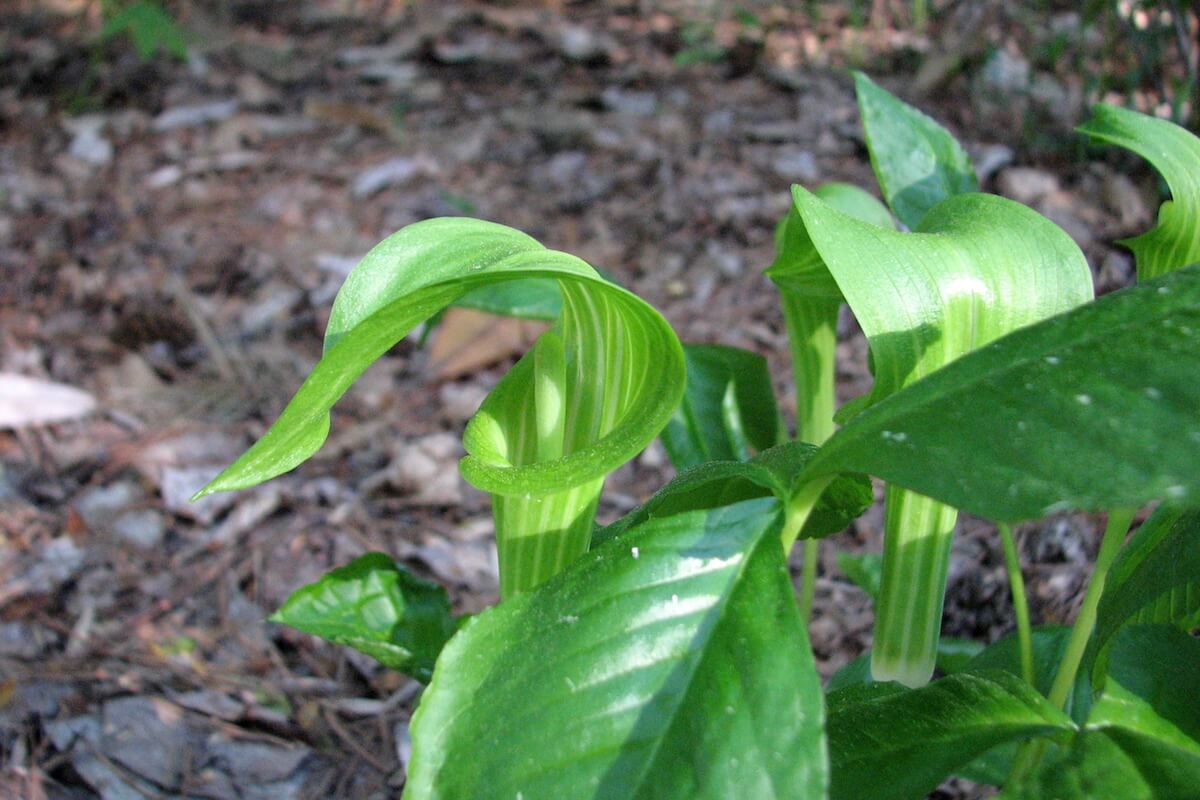
This long-lived perennial may have a 25-year lifespan, so get ready to enjoy its uniquely shaped, green blooms for years to come!
These spring flowers thrive in moist to wet soils in zones 3-9, requiring little maintenance aside from being covered with mulch through the winter.
Mayapple (Podophyllum peltatum)
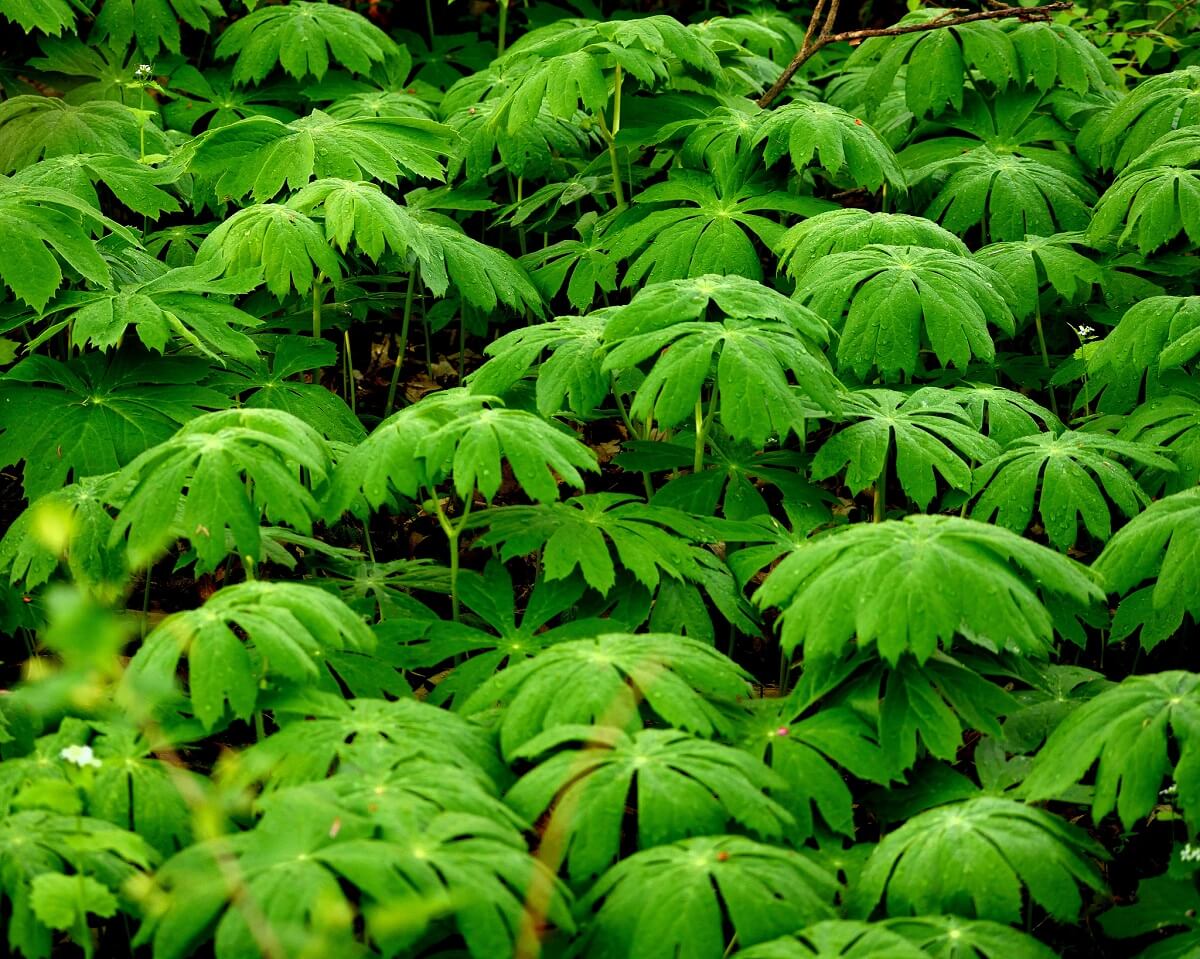
Colonies of this plant resemble a tiny forest of umbrellas, and they’d be a whimsical addition to any shady place.
Fans of well-drained soil in zones 4-8, they produce secretive white flowers underneath their leaf’s spread. Once the fruit is yellow, wrinkly, and ripe, it is delicious (if you can get to it before the raccoons, that is!)
Wild Ginger (Asarum canadense)
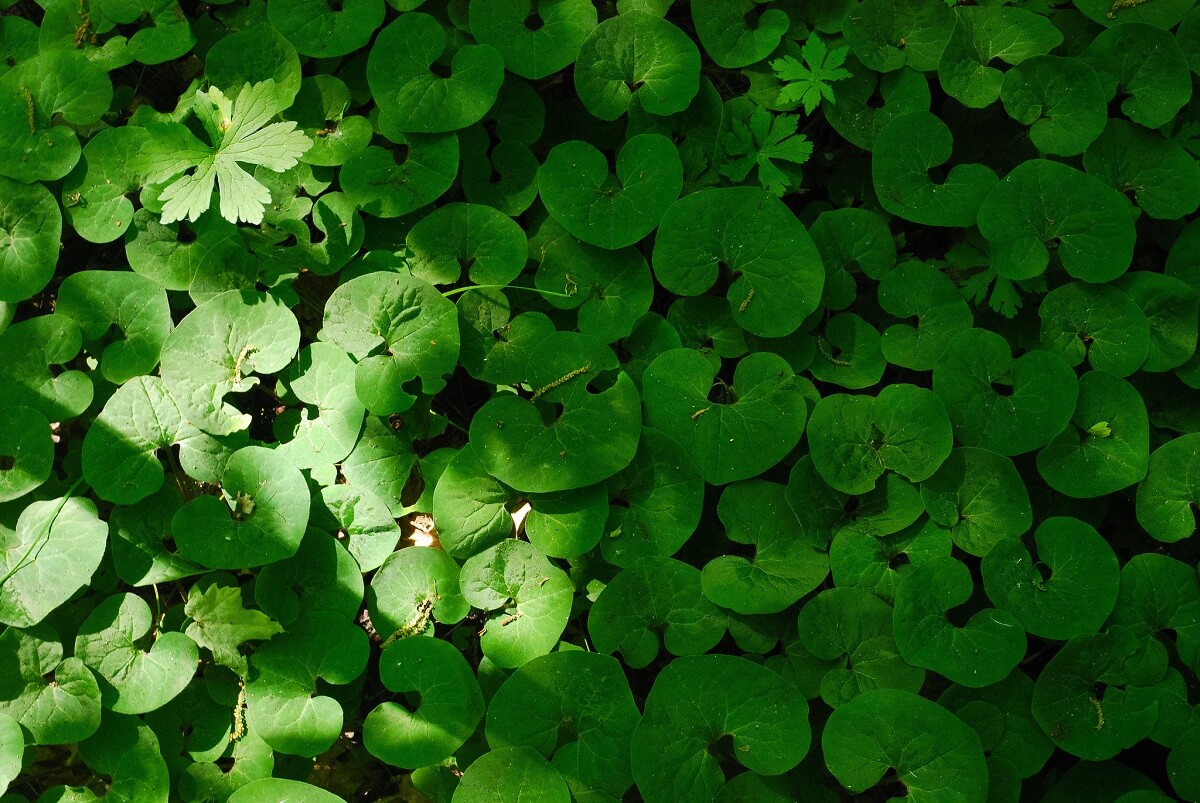
Though it’s not related to culinary ginger, the heart-shaped leaves of this attractive ground cover are supported by a root that is very similar in flavor and scent! This tough little guy is a deer-resistant shade plant and may even be able to crowd out noxious invasives like garlic mustard. Grow it in dry, sandy, or clay soils in zones 3-8.
Alumroot (Heuchera americana)
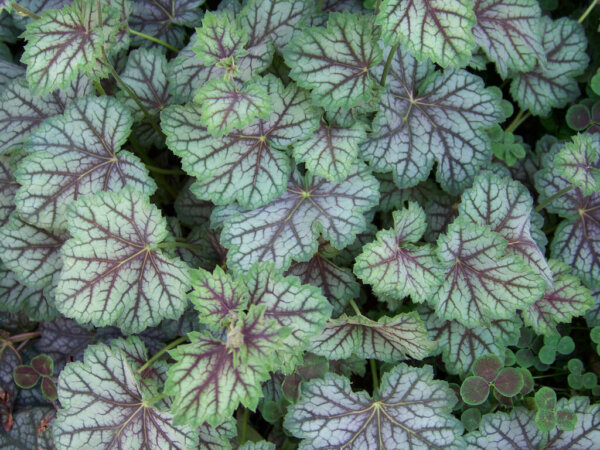
A plant whose leaves outclass its subtle blossoms, any of the varieties of this large- leafed plant will be sure to impress with their silver veins. They enjoy rather sandy, dry soil in zones 4-9 and also grow well in pots.
False Solomon’s Seal/Solomon’s Plume (Maianthemum racemosum)
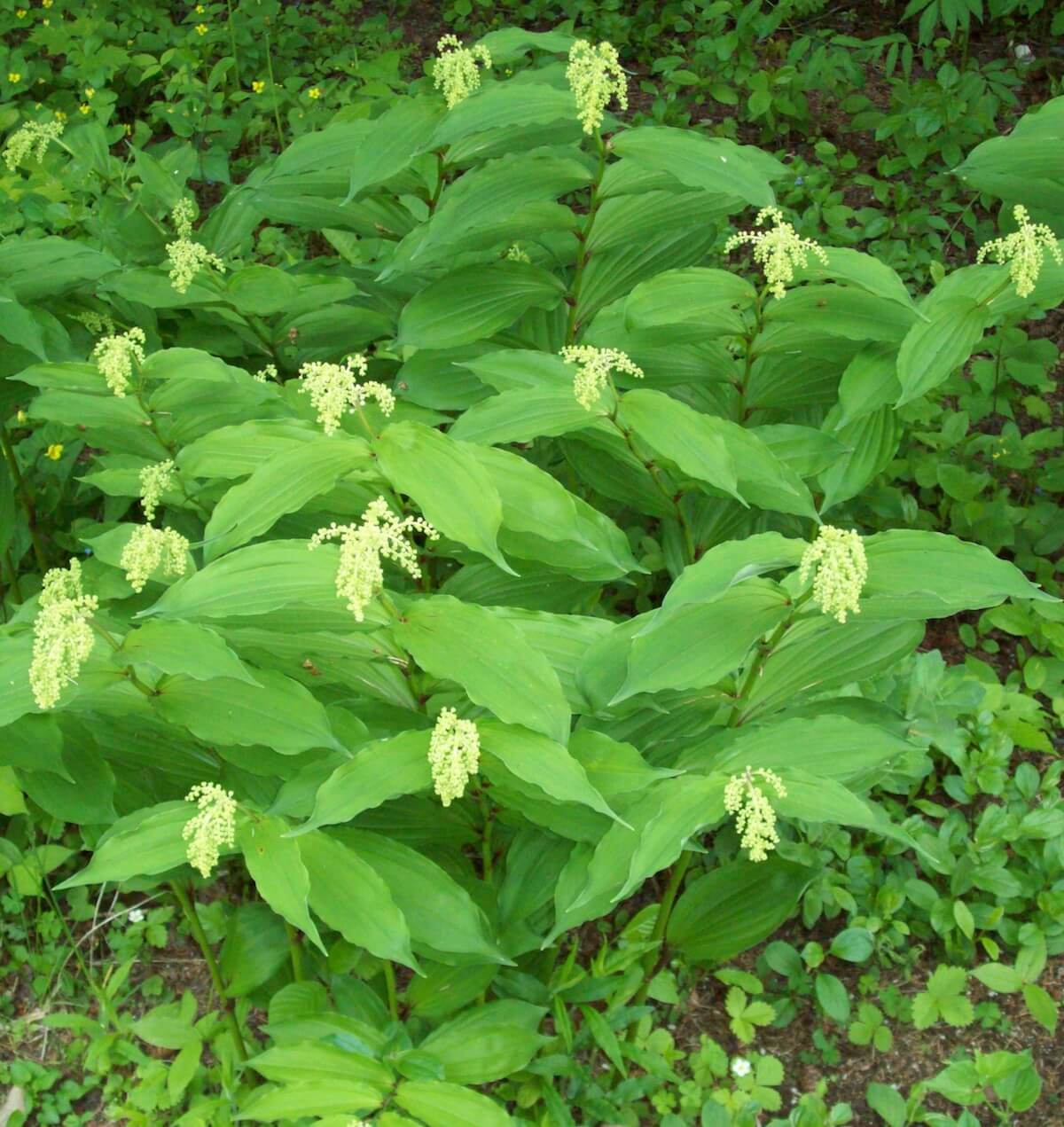
Gracefully arching stems of glossy leaves end in a bright plume of showy white flowers, and in late summer, these flowers turn into bright red, edible berries.
This plant forms colonies in the wild that spread from its roots, loving well-drained soils in zones 3-8.
Golden Ragwort (Packera aurea)
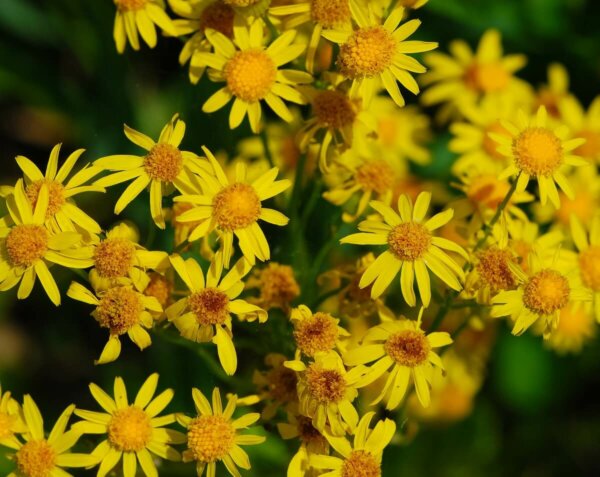
A sunny member of a not-so-sunny garden, golden ragwort is doubly useful as an attractive, daisy-like flower and dense ground cover. It loves moist soil, and blooms happily under shade. Give it a home in zones 3-8 and enjoy its spring blooms!
Virginia Bluebells (Mertensia virginica)
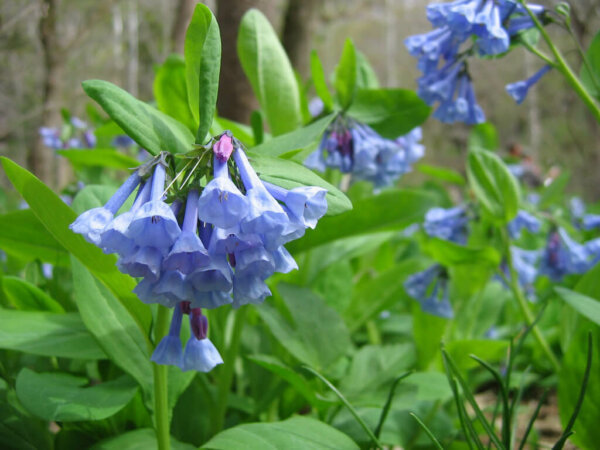
One of my favorite perennial harbingers of spring, the gently nodding blue and pink blossoms of bluebells will gracefully spread and fill the place you plant them. They delight in rich, moist soil in zones 4-7, so they may need some extra mulch to truly flourish.
Bluebells go completely dormant in the summer, so pairing them with a longer-lived ground cover may help keep your garden from having a bald spot!
Ostrich Fern (Matteucia struthiopteris)
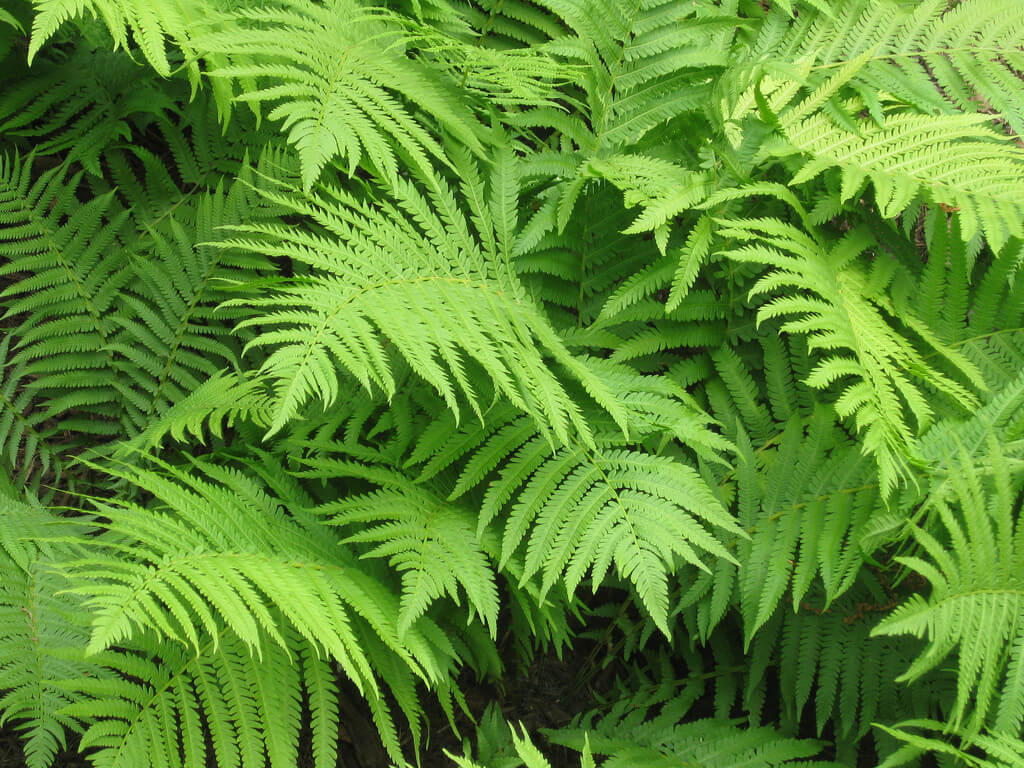
Ostrich fern is just one of the dozens of native ferns that you can use to add texture to your shade garden. This is a big one—its fronds can reach up to 6 feet in its ideal environment!
These ferns love moist and even wet soil, so be sure to mulch them in order to help them grow. They love zones 3-7, and here’s the best part—this is the species famous for their delicious, edible fiddleheads (NOTE: not all fern species are edible!).
Deadnettle (Lamium maculatum)
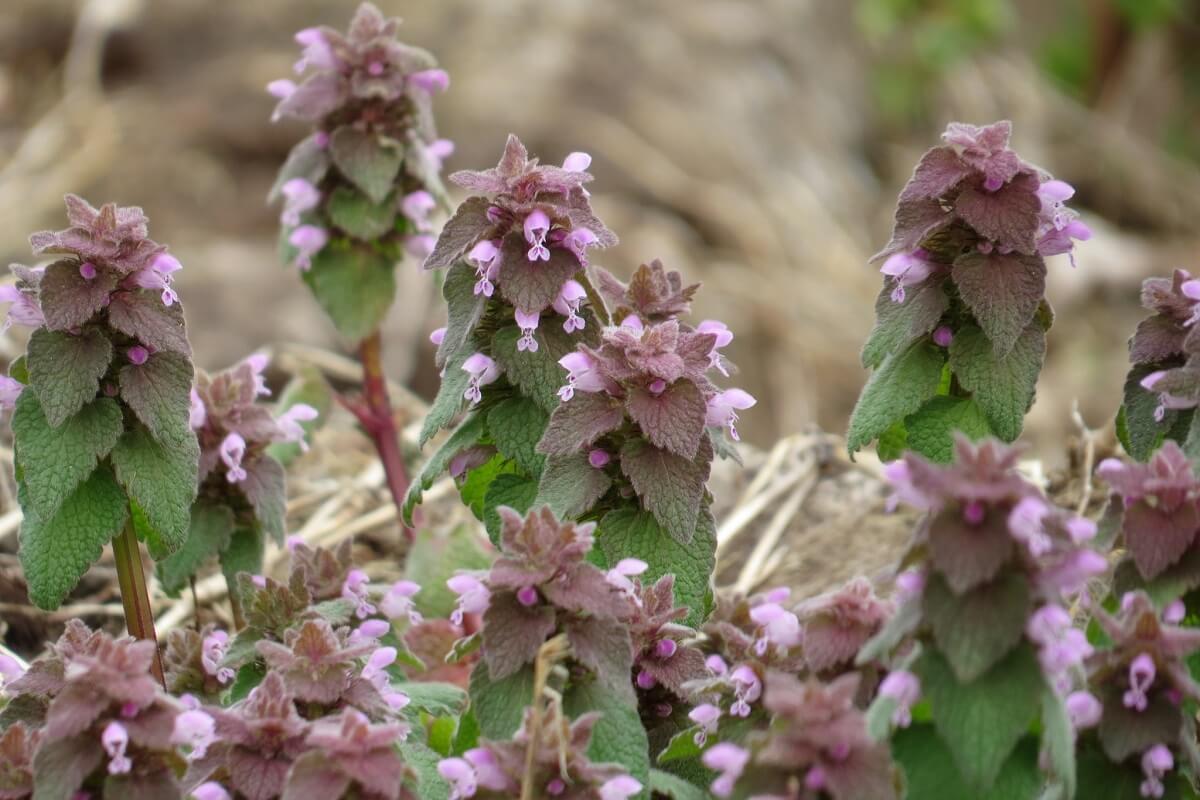
Don’t be put off by the weird name! Though it sounds like a metal band, this lush ground cover is lovely, lively, and stingless. There are several varieties of this ground-hugging, purplish flower, with purple, silvery, and striped leaves. They aren’t picky about their soil conditions and will grow in zones 3-8. The plants are edible and medicinal, too!
Dogwood (Cornus florida)

When it comes to flowering trees, you can hardly get more showy than the long-lasting, white flowers of the diminutive dogwood. These trees are delicately calligraphic in their native forest shadows, but they can become much more bushy if planted in partial sunlight. They enjoy moist, well-drained soil in zones 5-9.
Witch Hazel (Hamamelis virginiana)
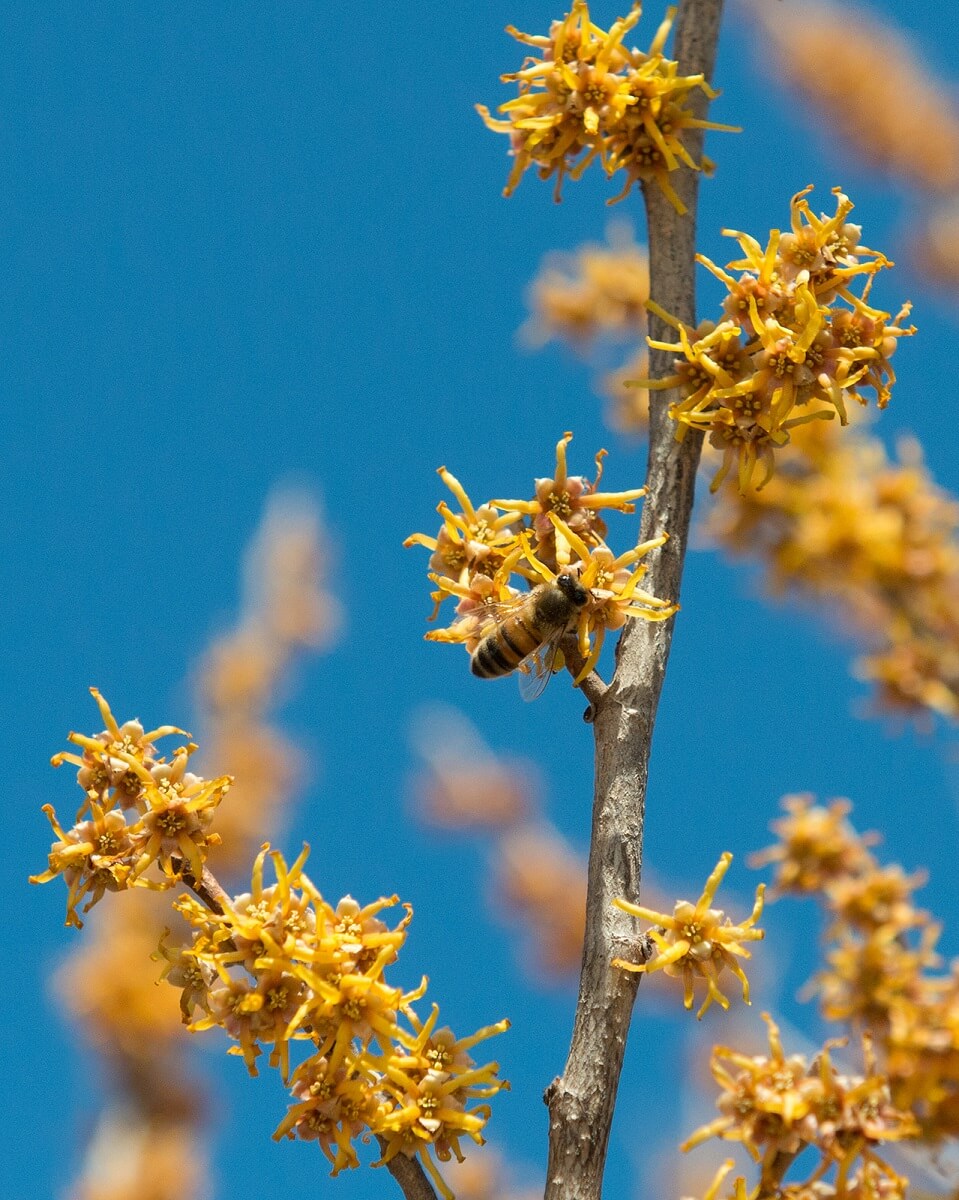
Witch Hazel isn’t picky. It will spread its branches in pretty much any soil and pretty much any amount of sunlight from zones 3-8, though it is often found growing naturally in the shadows of the forest.
With unusually late-persisting blooms (sometimes even until November!) it can add a welcome splash of fringy yellow to your backyard. And yes, this is the same witch hazel used in medicine, too!
Spicebush (Linedera benzoin)
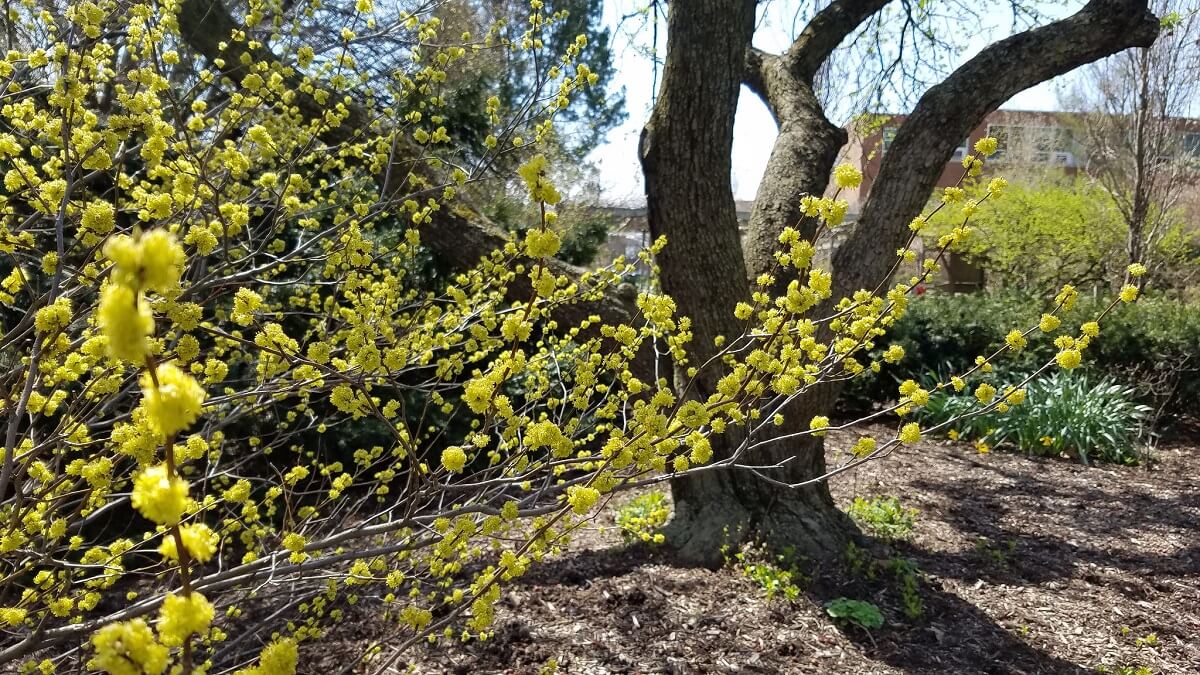
Not only is this low-growing shrub the home for the spicebush swallowtail, not only does it have fragrant yellow flowers, fragrant leaves, and bright red fruits, but its twigs also make a super-tasty tea, and the fruits may even be used as an alternative for allspice!
Drought-tolerant, deer-tolerant, willing to grow in clay soil and in full shade, and able to thrive in zones 4-9, this small tree is truly a giving tree!
Sassafrass (Sassafrass albidum)
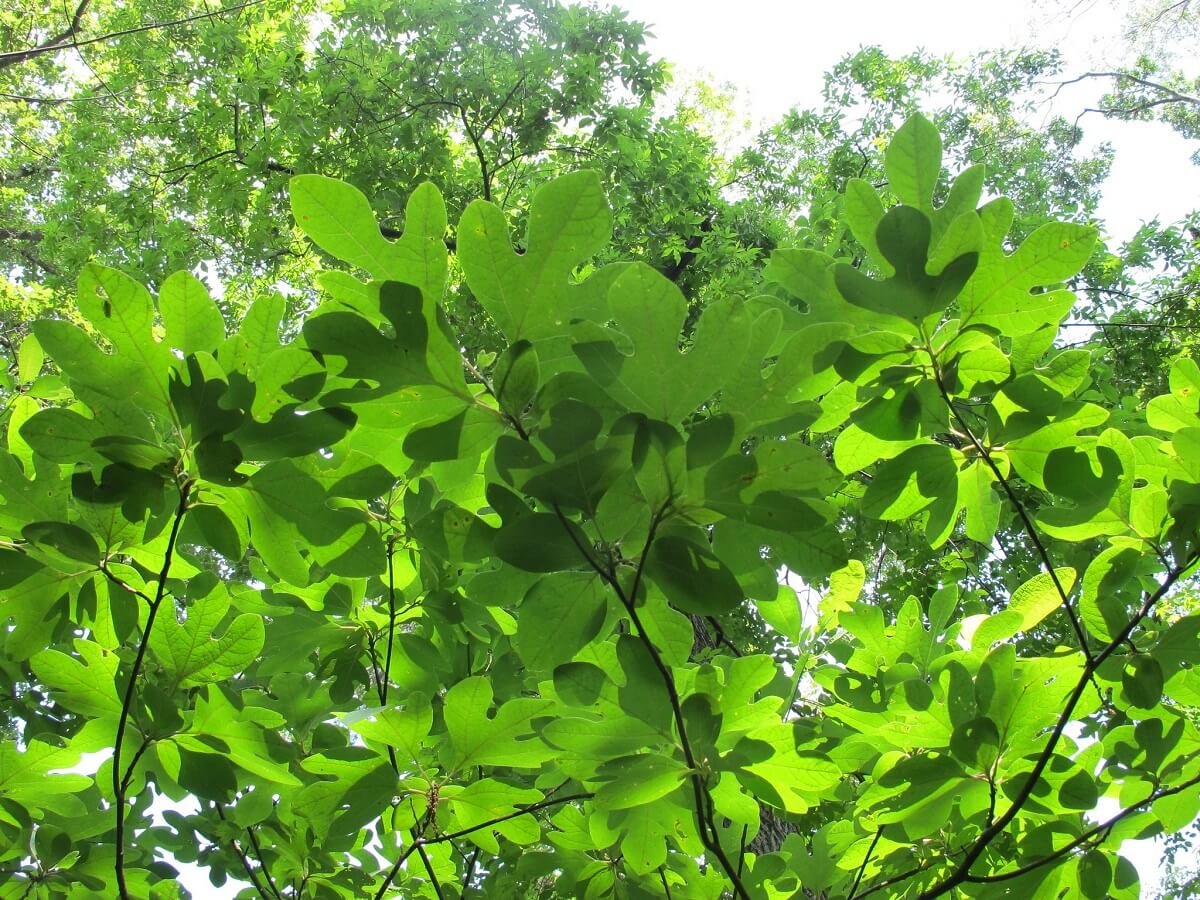
I love this tree for so many reasons. Unique leaves that come in three fun shapes? Check. Edible leaves? Check. Beautiful fall colors? Check. Delicious tea to be made from the roots? Check.
Note: Don’t fear the FDA’s studies on the “dangers” of sassafrass. Those debatable studies were done with hyper-concentrated safrole, not the tea you can make for yourself. Easy to grow, resistant to deer, willing to grow in clay, and hardy in zones 4-9? Check, check, check, and check!
Pawpaw (Asimina triloba)
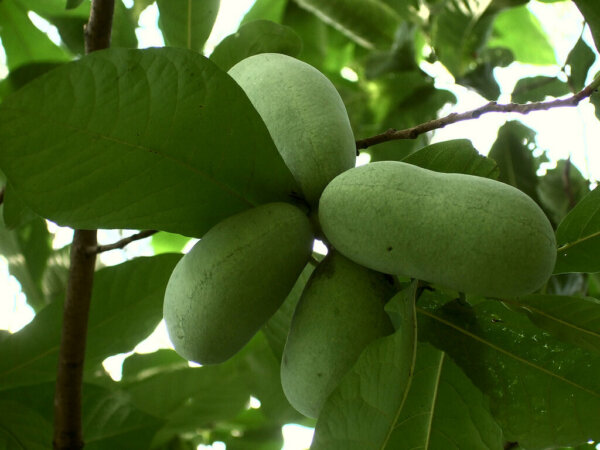
This understory tree is surprisingly tropical-looking, given that it can survive the cold winters of zone 5. But folks all the way to zone 8 can enjoy the joys of this delectable tree.
It bears striking, maroon flowers that turn into unbelievably delicious, custardy, can’t-get-it-in-stores fruit that you need to taste to believe. As long as it has moist soil with good drainage in an area with longer summers, this tree may become a favorite.
Resources
- Native Plants and Natural Landscaping, Wild Ones
- Establishing Your First Native Plant Flower Bed: Planning, Wild Ones
- In The Shade: Gardening with Native Plants from the Woodland Understory, Wild Seed Project
- For Shade to Semishade, Prairie Nursery
- These mild-mannered native plants will behave in any garden, Chicago Tribune
- Natives For Shade, Prairie Moon Nursery
- Top 10 Native Plants For Shade, Wild Ones
- Gardening With Wildflowers, United States Department Of Agriculture Forest Service
- Top 10 Trees and Plants That Love the Shade, The Spruce
- National Garden Native Plant Recommendations, United States Botanical Garden
- American Native Plants
- North American Native Plants, White Flower Farm


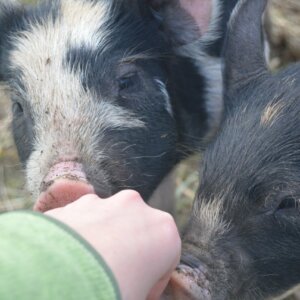
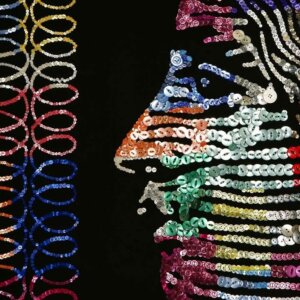
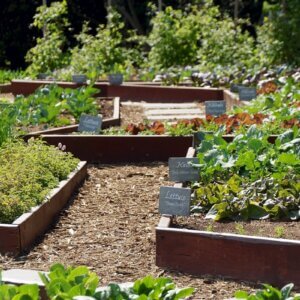


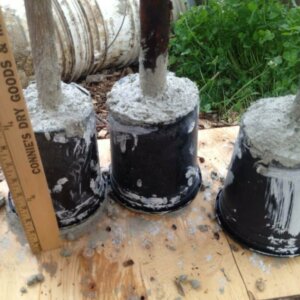
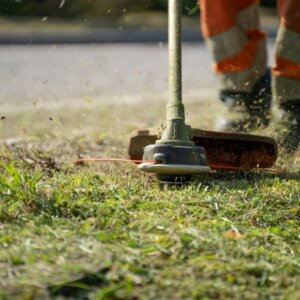
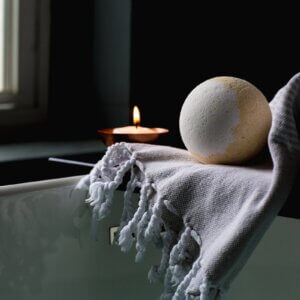

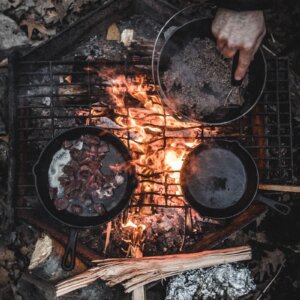

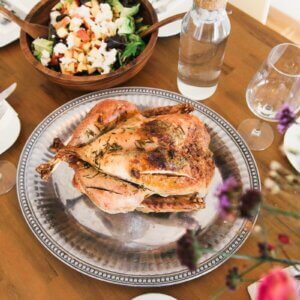
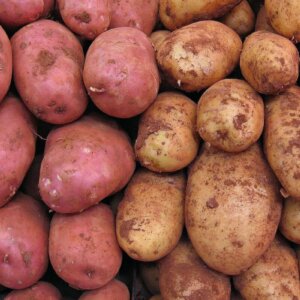

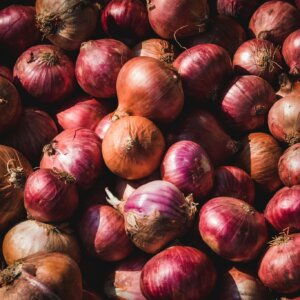
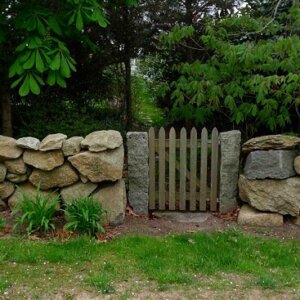
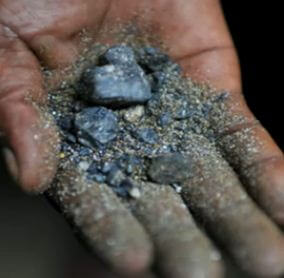
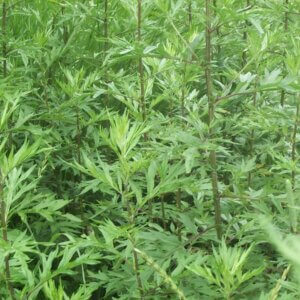
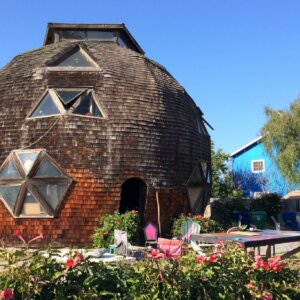

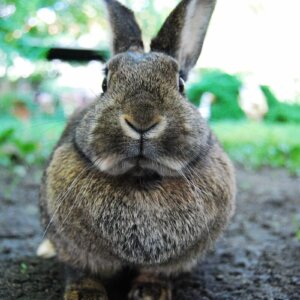
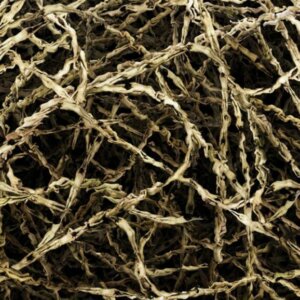


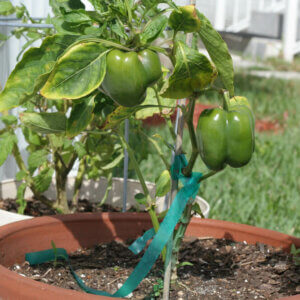
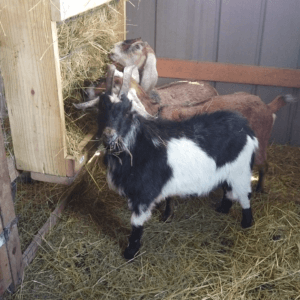
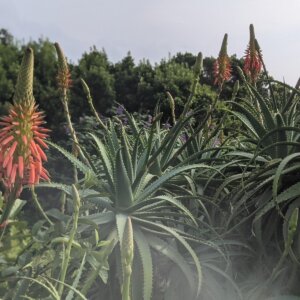

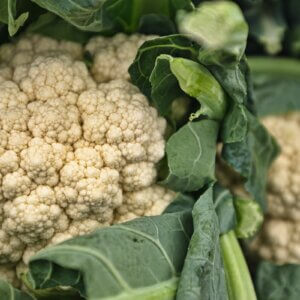


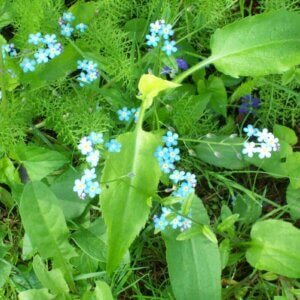

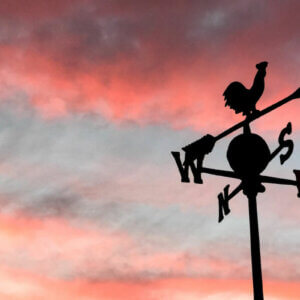

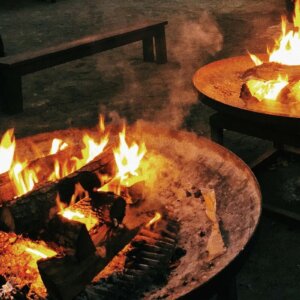
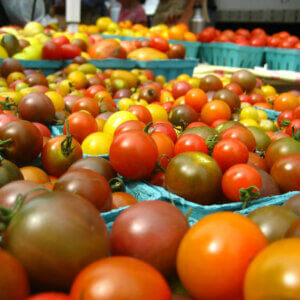
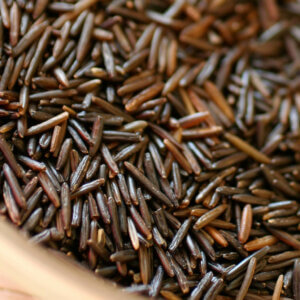
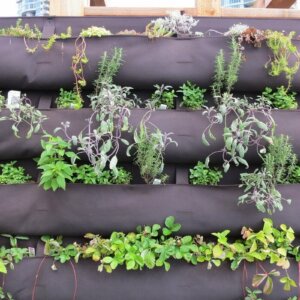

Wonderful… some of my favorites!
So glad! Native plants deserve much more time in the limelight of garden popularity. Happy gardening season this year!!